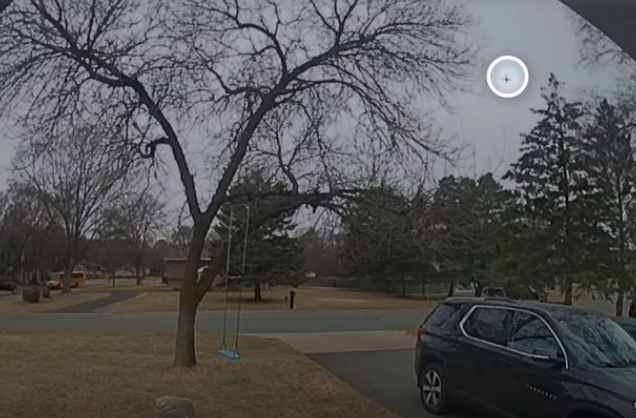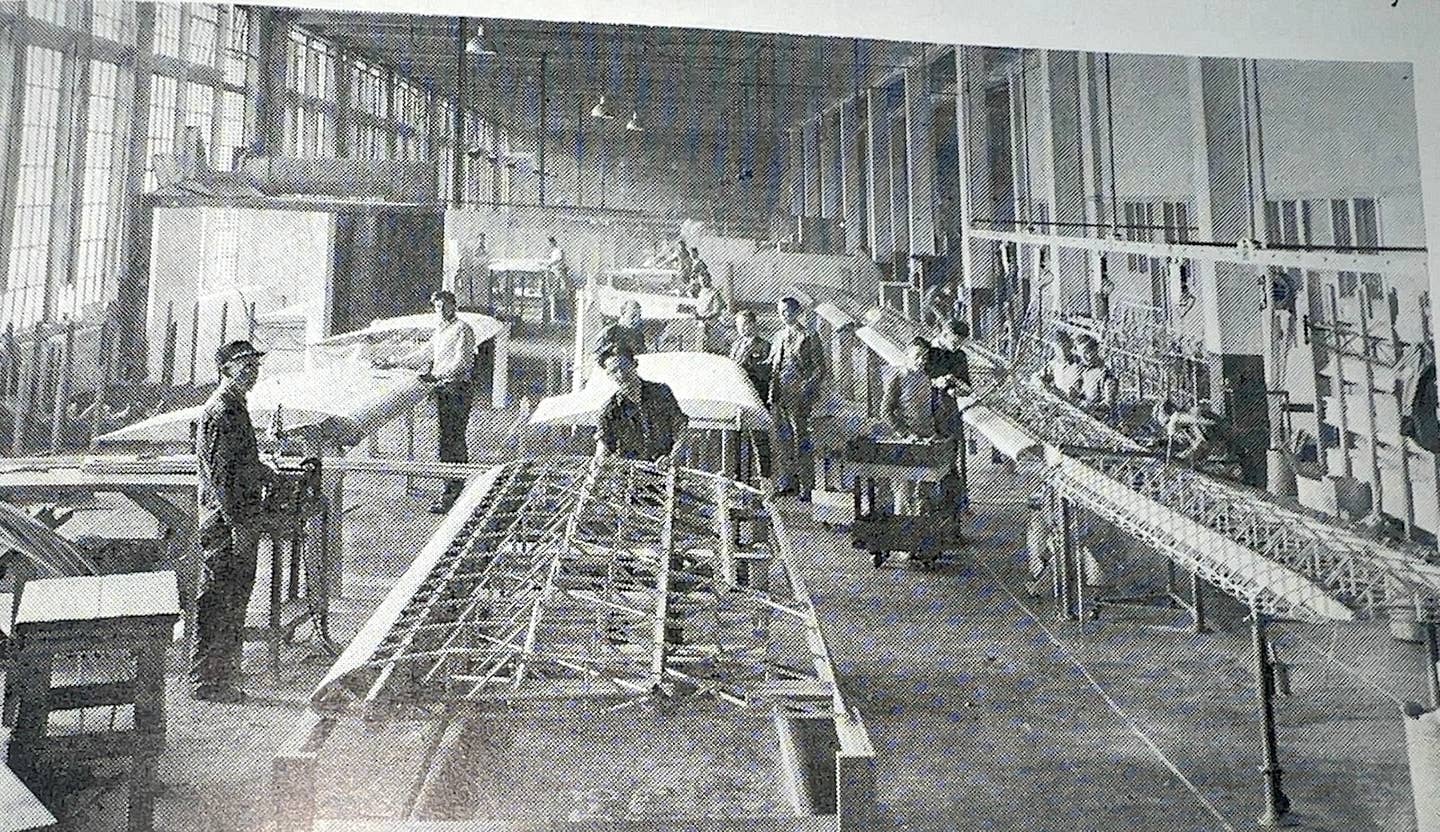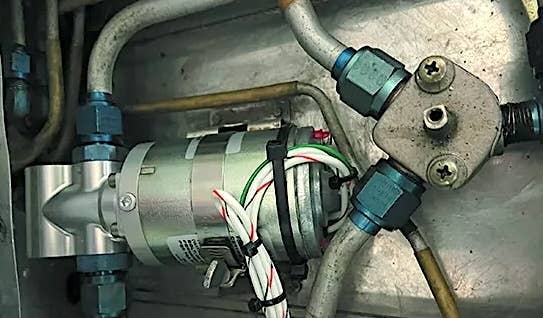General Aviation Accident Bulletin, September 25, 2023
AVweb’s General Aviation Accident Bulletin is taken from the pages of our sister publication, Aviation Safety magazine. All the reports listed here are preliminary and include only initial factual findings…

Aviation Safety Accident Bulletin
AVweb's General Aviation Accident Bulletin is taken from the pages of our sister publication, Aviation Safety magazine. All the reports listed here are preliminary and include only initial factual findings about crashes. You can learn more about the final probable cause on the NTSB's website at www.ntsb.gov. Final reports appear about a year after the accident, although some take longer. Find out more about Aviation Safety at www.aviationsafetymagazine.com.
June 10, 2023, Apache Junction, Ariz.
Daher TB 30 Epsilon
The airplane was destroyed at 0751 Mountain time when it collided with terrain in the Superstition Mountains. The pilot and passenger were fatally injured. The accident airplane was flying formation in the #2 position with two other airplanes of the same type.
A witness stated that the lead airplane crossed a ridgeline in more than a 90-degree bank, that the second airplane was less aggressive than the first, and the third airplane was higher and even less aggressive. The #3 airplane’s pilot airplane later reported observing the #2 (accident) airplane at his 11 o’clock position, heading toward terrain. The accident airplane’s nose pitched up and down several times, but the trajectory of the airplane did not appear to change. The airplane impacted near-vertical terrain about 200-400 feet below a ridgeline.
June 11, 2023, Porter, N.Y.
Harmon Rocket Experimental
At 1506 Eastern time, the airplane was substantially damaged when it collided with terrain while performing an aileron roll during a low pass down a runway. The solo commercial pilot was fatally injured.
Multiple witnesses observed the takeoff, which they described as normal. The pilot lifted off, climbed to about 200 feet AGL and then made a sharp turn back toward the airport. The pilot flew the airplane very low over the runway, at about 10 to 15 feet, in a high-speed pass, which the witness described as “something that he did very often.” The airplane then climbed and performed what appeared to be the beginning of an aileron roll to the left. According to several witnesses, the roll continued to go to the left until the airplane was nearly inverted as the pilot made a brief radio call containing an expletive. The airplane descended and impacted trees about 500 feet north of the departure end of Runway 36.
June 17, 2023, Ebensburg, Penn.
Piper PA-30 Twin Comanche
The airplane was destroyed at about 0506 Eastern time when its pilot apparently lost control in instrument conditions shortly after takeoff. The instrument-rated commercial pilot and the passenger were fatally injured.
Preliminary ADS-B data depict the airplane departing Runway 25 at 0504. It made a left turn after takeoff and gradually climbed to about 3600 feet MSL, continuing in the left turn past 360 degrees until the last ADS-B target was observed at 3000 feet on a south-southeasterly heading. The wreckage was located the next afternoon and consisted of a debris field about 375 feet in length. A measured swath through the trees was consistent with a 55-degree left bank and 30-degree descent angle at impact.
Nearby weather, seven miles south of the accident site, at 0510 included visibility of ½-mile in fog, an indefinite ceiling at 200 feet vertical visibility and a zero-point temperature/dewpoint spread. Sunrise was at about 0542. Despite the weather, the pilot did not file an IFR flight plan.
June 17, 2023, Sioux City, Iowa
Gulfstream G-IV
At about 1059 Central time, the airplane experienced an uncontained right engine failure shortly after beginning a step climb at FL400. The flight crew secured the engine, declared an emergency and diverted to Sioux City for an uneventful landing. There were no injuries reported aboard the FAR Part 135 on-demand air taxi flight.
According to the flight crew, they experienced massive vibrations and a subsequent right engine rollback. Visual inspection of the engine inlet and nacelle revealed that one fan blade was separated at its midspan, and all fan blades exhibited leading edge impact damage. It also revealed a hole in the engine nacelle forward of the fan’s plane of rotation at approximately the one o’clock position. The airplane was retained for additional engine and nacelle examination.
This article originally appeared in the September 2023 issue of Aviation Safety magazine.
For more great content like this, subscribe to Aviation Safety!






